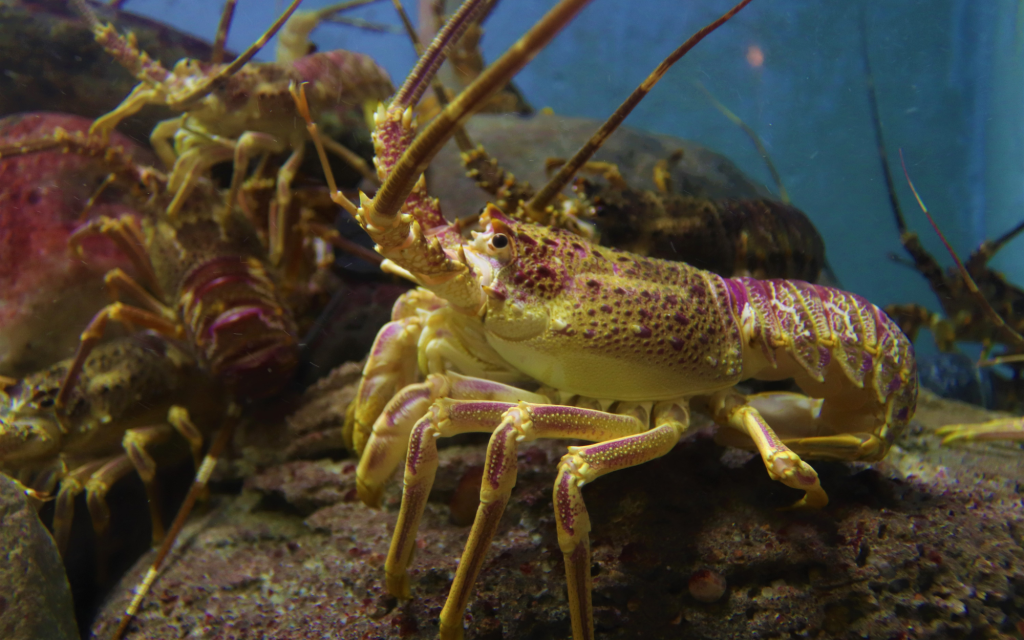The growing demand for seafood has led the commercial fishing industry to deplete 89.5% of the world’s fish stocks. To preserve wild fish stocks, fish farming, also known as aquaculture, has experienced a remarkable increase in popularity in recent years. It has become a viable solution for producing large quantities of seafood in a controlled environment.
Although salmon, trout, and tilapia are often associated with fish farming, crab farming also plays a crucial role in the growth of this industry. Crab farming represents a substantial part of the global fish farming sector. In this article, we will explore the challenges facing the crab farming industry and the measures that can be taken to prevent disease transmission.
Fish farms, also known as aquaculture, specialize in breeding, rearing, and harvesting various aquatic animals, including shrimp, prawns, clams, crabs, mussels, oysters, and spiny lobsters. These species are in high demand in the global market due to their versatility and popularity in various cuisines.
Aquaculture is designed to mimic the species‘ natural habitat, allowing for optimal growth and health. The controlled environment also eliminates the risk of disease, a significant concern in wild populations. Additionally, fish farms allow for the regulation of food supplies and water quality, leading to a higher rate of seafood production.

Like the farming of popular fish such as salmon, crustacean farming also poses several challenges. One of the most significant problems is the outbreak of diseases, which has resulted in numerous deaths and, at times, even devastated the crab farming industry. Crustaceans are susceptible to several viruses, including Iridoviridae, Reoviridae, Picornaviridae, Crayfish Plaque, Spherical Baculovirus, and Chitinolytic Fungal Disease. These viruses can cause erratic behavior, blindness, respiratory problems, and osmoregulation difficulties. In addition, crustaceans are also vulnerable to parasites such as amoebae and protozoa, and diseases such as haplosporiodosis cause significant mortality in large crustaceans.
Diseases such as yellowhead and Taura can quickly wipe out shrimp populations. In both farmed and wild populations, these crustaceans suffer from an infectious disease that affects their skin and blood cells. A deadly disease that could soon destroy 90% of a fish farm’s population.
Producers of crustaceans can take precautions to prevent disease transmission. Crustaceans are sensitive animals that cannot tolerate the variable water quality generated by other water treatment techniques. As a result, ozone and ultraviolet (UV) water treatment is commonly utilized.
Ozone is a powerful oxidant that can efficiently oxidize organic waste and sterilize surfaces. If the proper equipment is not employed, a high dose may be provided, and crustacean life may be lost. Ozone treatment can also lead to the production of harmful by-products, such as bromate and aldehydes, which can have negative effects on the environment.
Ultraviolet purification has proven to be a reliable and effective solution for neutralizing pathogens and viruses in crab farms. Its long-standing use has solidified its strength in balancing even the toughest viruses when the appropriate fluence is applied in a single pass. In implementing UV technology, it is crucial to consider the water’s transmittance, the targeted pathogen, flow rate, salinity levels, space requirements, and heat generated by the water.
UV technology in aquaculture offers numerous advantages, including the absence of potential overdose and harmful chemical contamination. As a result, UV has been deemed a secure and effective method for cultivating fish, crustaceans, and shellfish. Additionally, it is utilized in hatcheries to protect broodstock, fish larvae, and fry and in aquariums and zoos to maintain a healthy environment.
Share: